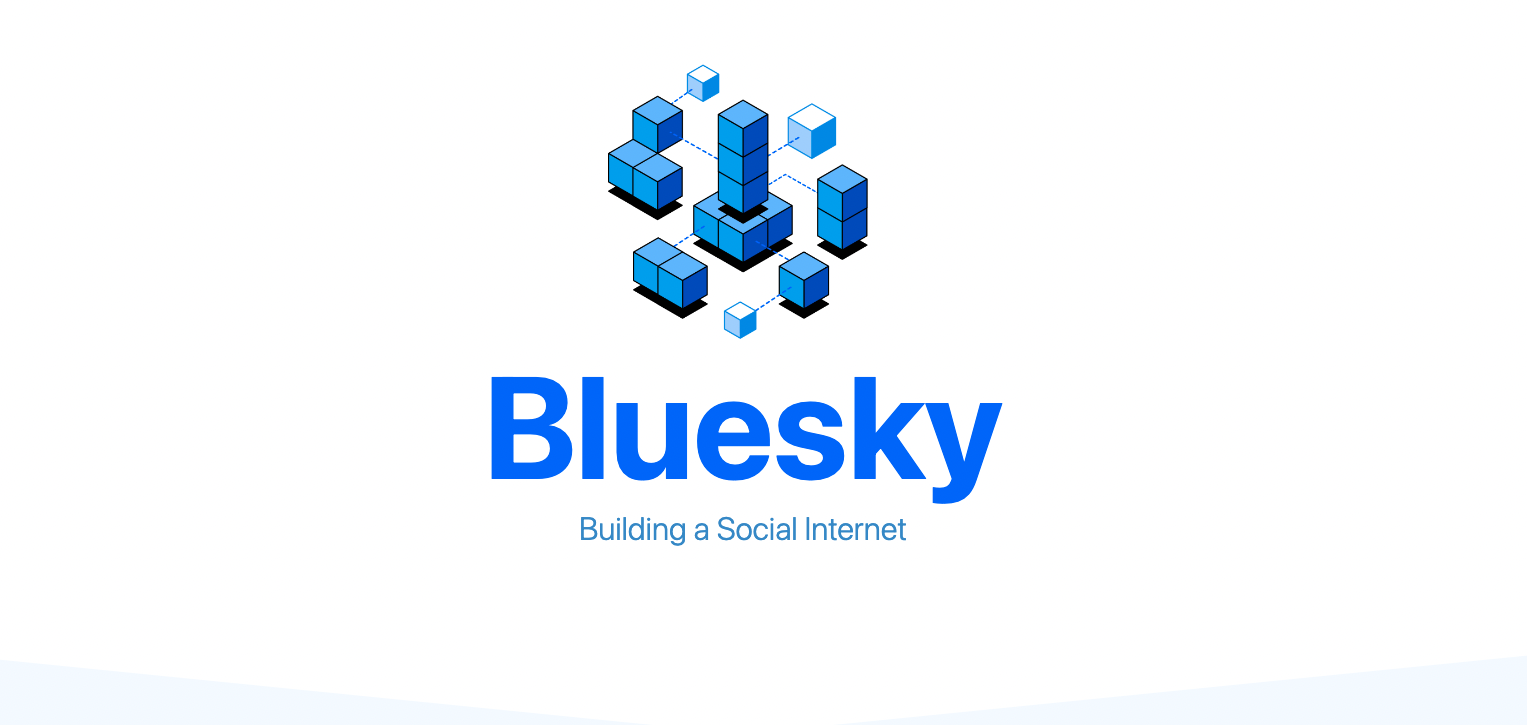Since Elon Musk bought Twitter almost six months ago, there have been a handful of names ostensibly left behind with the mass exodus of users about to jump out of the Blue Bird app. Mastodon was the first, Koo and Post were applied later., and Reddit or Tumblr, not having such a similar offer, also sounded. Now release in beta Bluesky, an app backed by Jack Dorsey, is the loudest knocker on that door.
But what is it and what exactly does it offer?
The first thing to keep in mind is that Dorsey plans Bluesky dates back to at least 2019., two years before he was invited to become CEO of Twitter, and three years before Musk bought the company. And also that it wasn’t originally made as an independent proposal for Twitter, but as an internal protocol that would elevate Twitter to the idea Dorsey championed as the best for the network he co-founded.
Of course, the shareholders didn’t think so, and in fact Bluesky was one of the reasons he left.
Blue sky: an attempt to create a federated (but commercial) social network that could be Twitter.
Now let’s go back to its origin, but first let’s look at its current state. lThe Bluesky app is now available on the App Store. from last week, but for now registration is by invitation only. Here we will explain how to apply for its use.
In fact, the entire Bluesky base is built on a protocol called AT (originally called ADX or “Authenticated Transfer Protocol”), while the application only serves to demonstrate the protocol in action. WITHsimilar to the ActivityPub protocol that Mastodon runs on, AT offers technology to create a federated and decentralized social network. However, the project has received some criticism, especially from Mastodon and other developers, who have pointed out that ActivityPub – the standard recommended by the W3C – already supports a large and growing “Fediverse” of interconnected servers.
As we have already said, the project Bluesky, now registered as a companyoriginally originated on Twitter during Dorsey’s second term as CEO.
Bluesky continued to receive funding from Twitter until recently.
What’s interesting here is that during the long negotiations about Musk’s purchase of Twitter, he and Dorsey exchanged messages (published at court hearings about the purchase process) that implied that Musk wanted to implement this if he got to the property. Why, in the end, did it become a different application?
In the messages, Dorsey explained to Musk that “We need a new platform. It can’t be a company. That’s why I left [Twitter]».
Shortly after stepping down as CEO, Dorsey took to Twitter to speak publicly about Bluesky, calling him “an open decentralized standard for social media”.
The initial discussion arose after Donald Trumo’s veto on the social network that promoted Twitter. Dorsey saw Bluesky in a sense as a tool to avoid large centralized platforms and that they had so much power to decide which users and communities could participate in the discourse and who would be responsible for moderating that content. It’s just that each community will find its own server for communication. Actually, not much different from Mastodon or, in fact, from Discord or a private WhatsApp group.
Dorsey breaks up with Musk… Or vice versa?

However, now that Musk is at the helm of Twitter, it doesn’t look like the two projects will ever be connected. Last year, Bluesky said he received $13 million to secure his freedom. and the independence needed to start R&D activities, given that Jack Dorsey served on its board of directors. Except, all these years, before the arrival of Musk, Bluesky as a project continued to receive money from Twitter.
Musk turned off the faucet? It is possible that, given their cuts and layoffs, this is the case, and this led to the projects and initiatives being separated, and Bluesky forming a new business structure. However, since both companies are now private, we cannot know this.
The idea is that the application is the “carrier” of the algorithms, and each user chooses their favorite algorithm.

When you download the Bluesky app today, you will be able to see that first step where you are prompted to select a server, although only the main one is currently active. Prompts you to select the username associated with the email and, at a functional level, allows you to post messages with a length of 256 characters. A call to action when Twitter asks, “What’s going on?” Bluesky responds, “What’s going on?”
For now, in its current state, it looks like it won’t be much different from Twitter. Of course, going forward, Twitter CEO Jack Dorsey envisions a future where the user can choose what they see on social media by choosing their favorite recommendation algorithm, instead of being dependent on one company to control it.
“You can imagine an app store-like vision of algorithms that gives people maximum flexibility in terms of the posts that are presented to them,” he said. Dorsey at the last investor conference he hosted as CEO of Twitter.in 2021 when he seemed very passionate about the project.
Access to social networks as we access our email with the mail manager
Bringing this down to earth would mean changing our relationship with social media to the one we have with an email manager. With a common protocol, we can add as many email accounts to our manager as we want – Gmail, Outlook, Mail-. Each from its own domain, with its own usage and rules.
On practice, Bluesky aims to find a common protocol in which, perhaps in the future, we connect to one application where we can find the Twitter feed, organized as we see fit. Or maybe Facebook’s rule-controlled notifications that we can tag better. In short, bring everything under one umbrella so that within this protocol we can create our own spaces based on communities, related topics and certain moderation rules.
Bluesky wants to bring relationships to social media like we have with email providers.
The question, again, is how to prevent the formation of echo chambers in these bubbles. Spaces without messages contrary to what it says. The usual Twitter brawl would have been resolved, and far less annoying feeds would have been created for sure, but it could be that, while invisible to those who don’t want it, places would also have been created where the most dangerous caves on the internet roam without any or control.
TechCrunch had access to roadmap revealing strengths and weak, which the Twitter engineering team saw tied to Bluesky with his own proposal.
These include “how to prevent controversy and outrage from hijacking the mechanisms of virality”and a desire to develop “custom mechanisms” for moderation, although the paper notes that applications, and not the protocol as a whole, “are ultimately responsible for compliance, censorship, removal, etc.”
Undoubtedly, the project is very interesting, but in which it is difficult to see How much Dorsey’s sometimes rampant utopianism and, above all, to what extent these types of social networks have long-term economic sustainability if they are intended to be profitable.
Source: Hiper Textual
I am Garth Carter and I work at Gadget Onus. I have specialized in writing for the Hot News section, focusing on topics that are trending and highly relevant to readers. My passion is to present news stories accurately, in an engaging manner that captures the attention of my audience.











